The Ferrari 212 Inter was revealed in 1951 at the Brussels Motor Show as a replacement for the 166 and 195 Inter. The 212 was built between late 1950 and 1953, in Inter and Export model configuration. Ferrari built 82 units of the 212, more than any other Ferrari before. The 212 was offered in three different body versions: berlinetta, cabriolet and coupe and carried coachwork by Ghia, Ghia Aigle, Pininfarina, Stabilimenti Farina, Touring, Vignale, and even the British firm Abbott.
The difference between the Inter and the Export version was made by the wheelbase: the Export version were built on a 2250 mm wheelbase chassis and they were normally carrying an E or ED suffix to the number, whilst the Inter road models were constructed on a 2600 mm wheelbase chassis in the odd number road car sequence, initially with an EL suffix, and then with an EU suffix.
The 212 Inter were the first models equipped with left-hand drive as standard, as until then the standard steering layout had been right-hand drive, in the racing tradition.
1950 - 1953 Ferrari 212 Inter
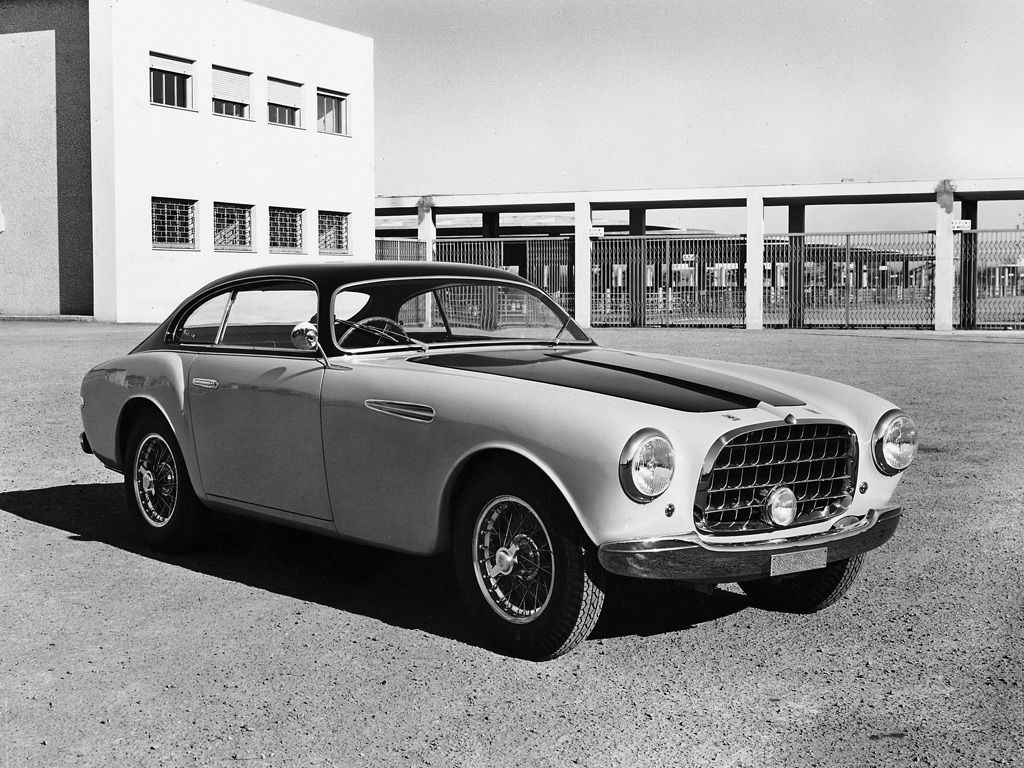

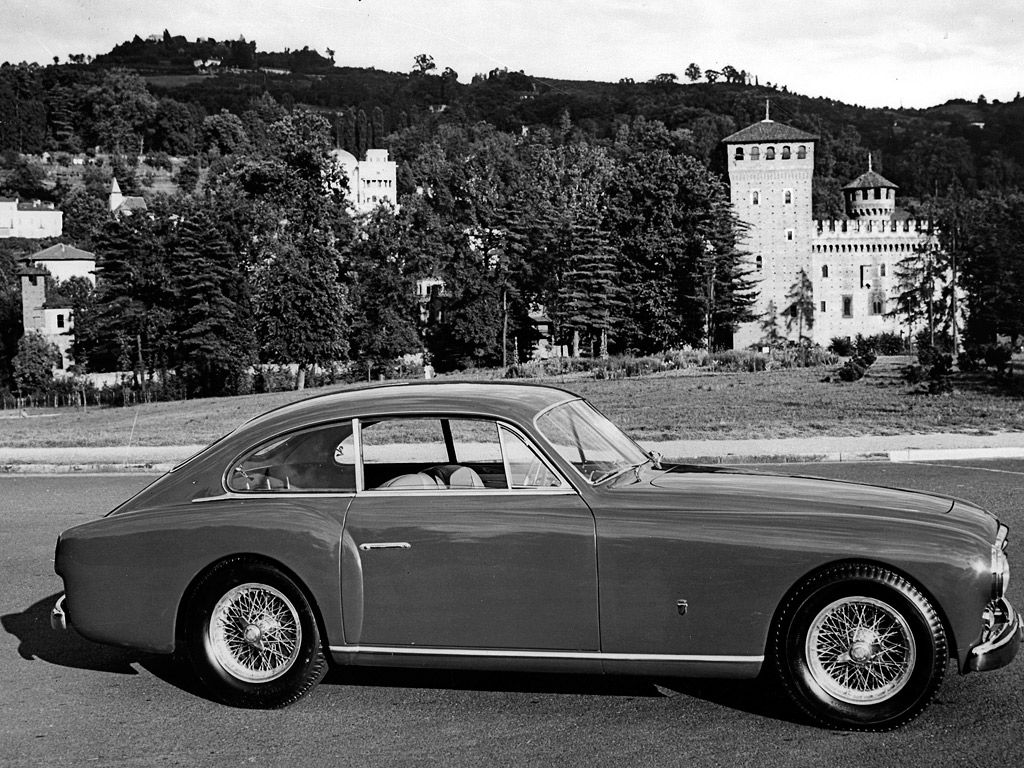
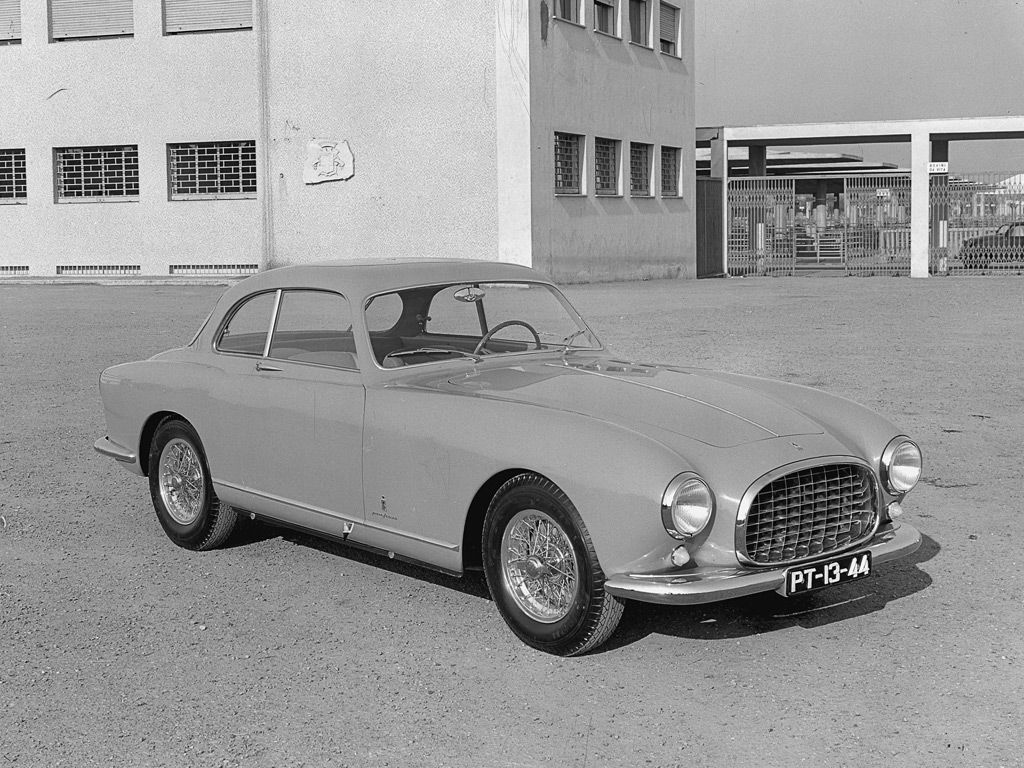
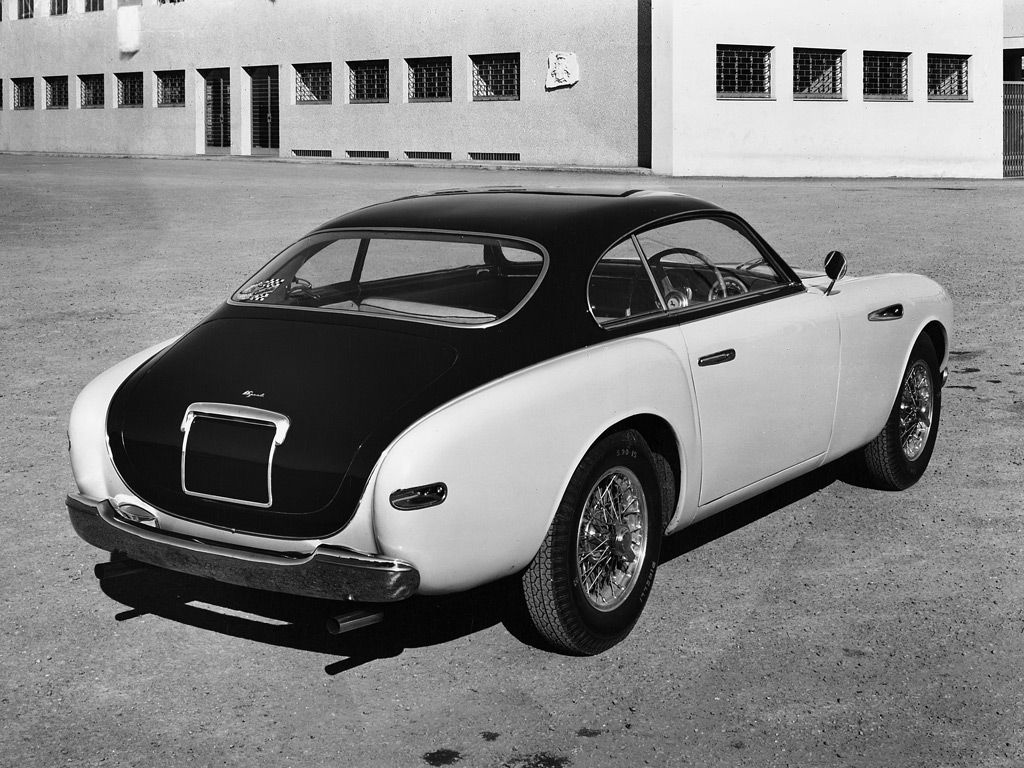
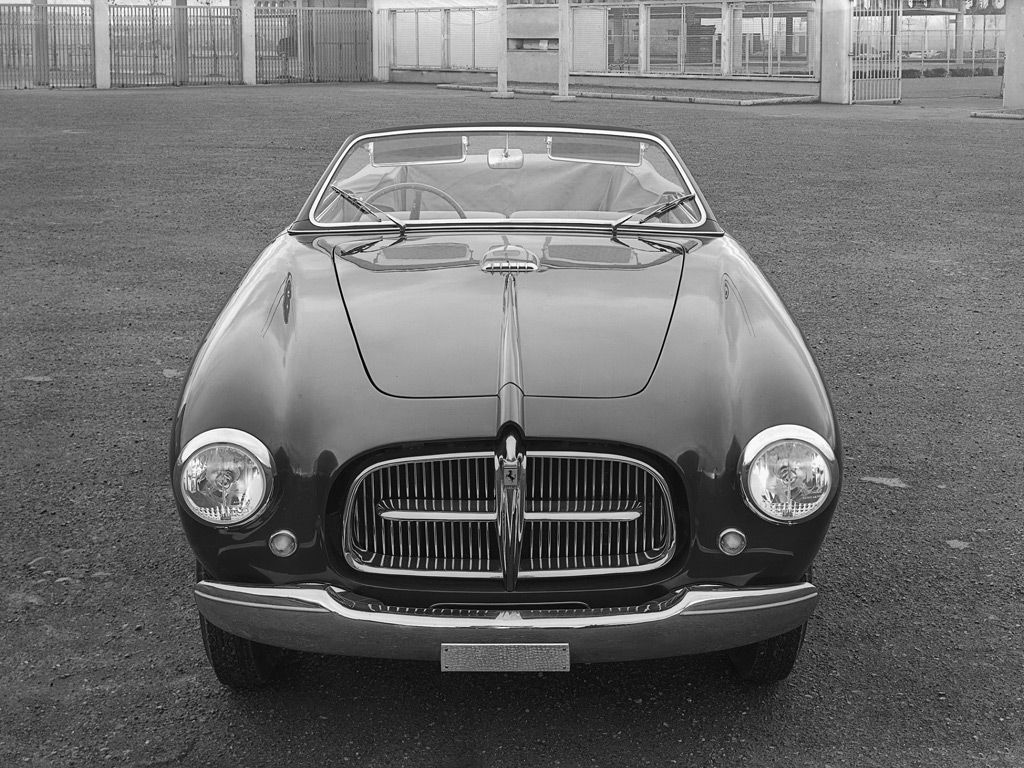
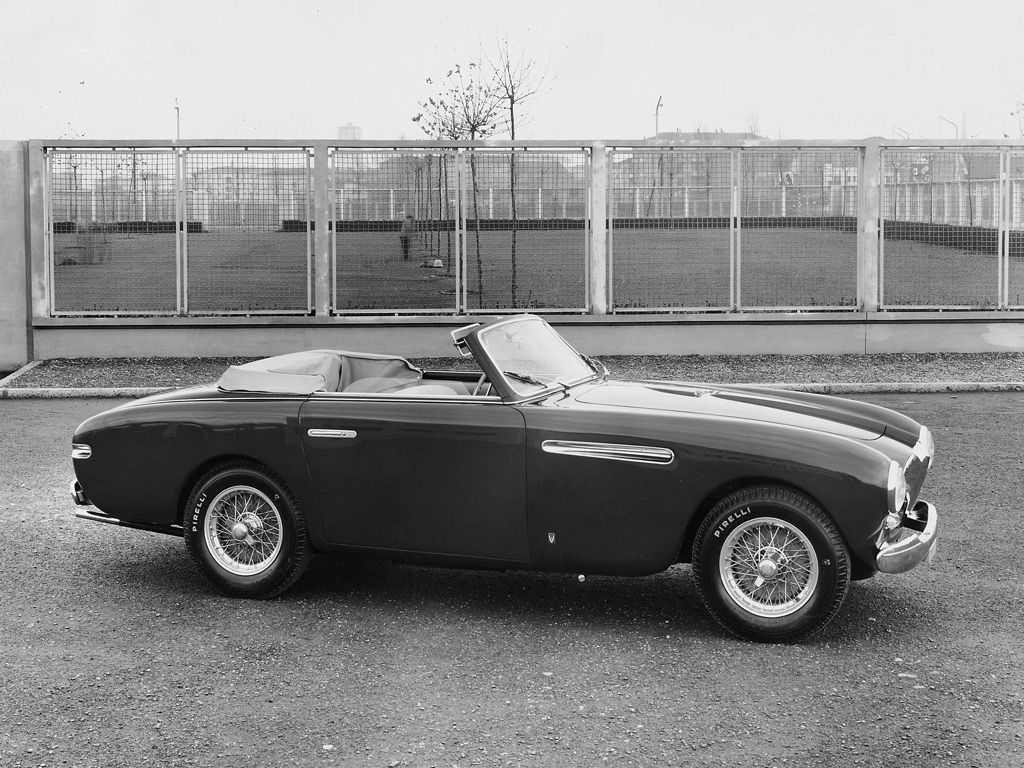
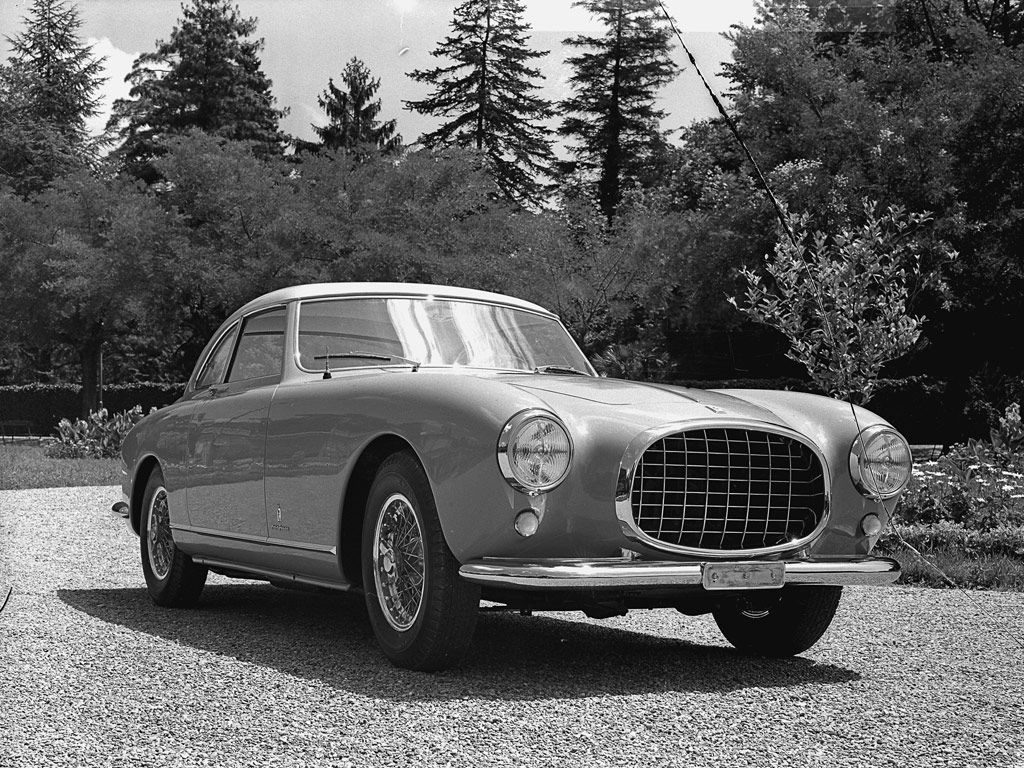
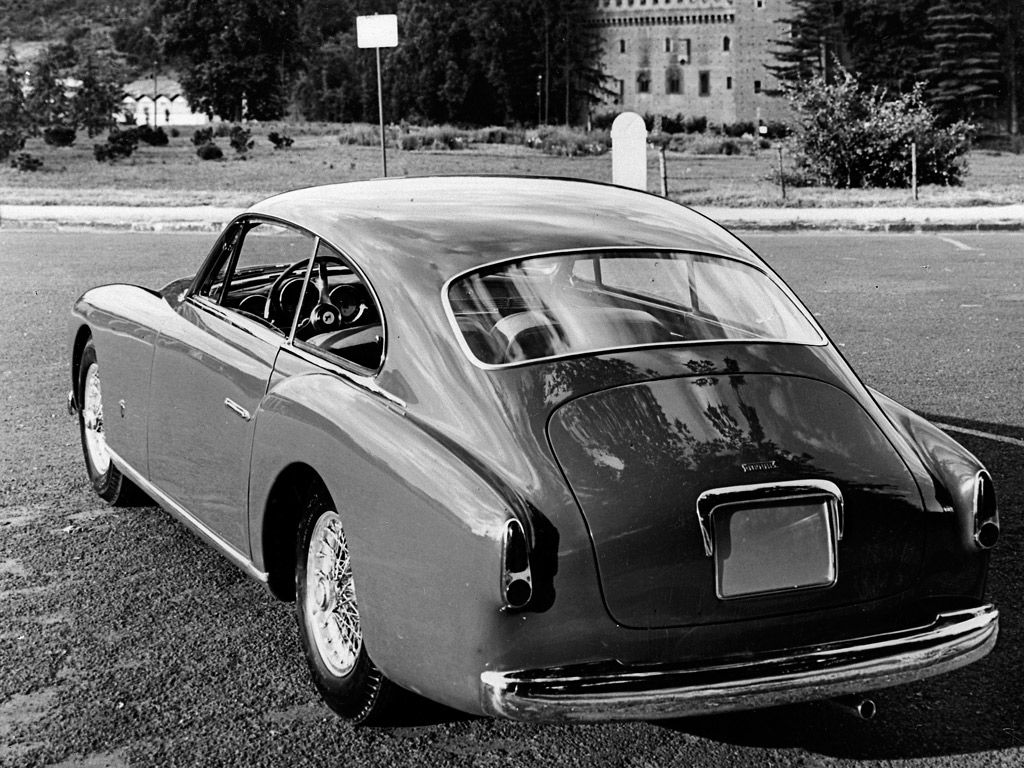
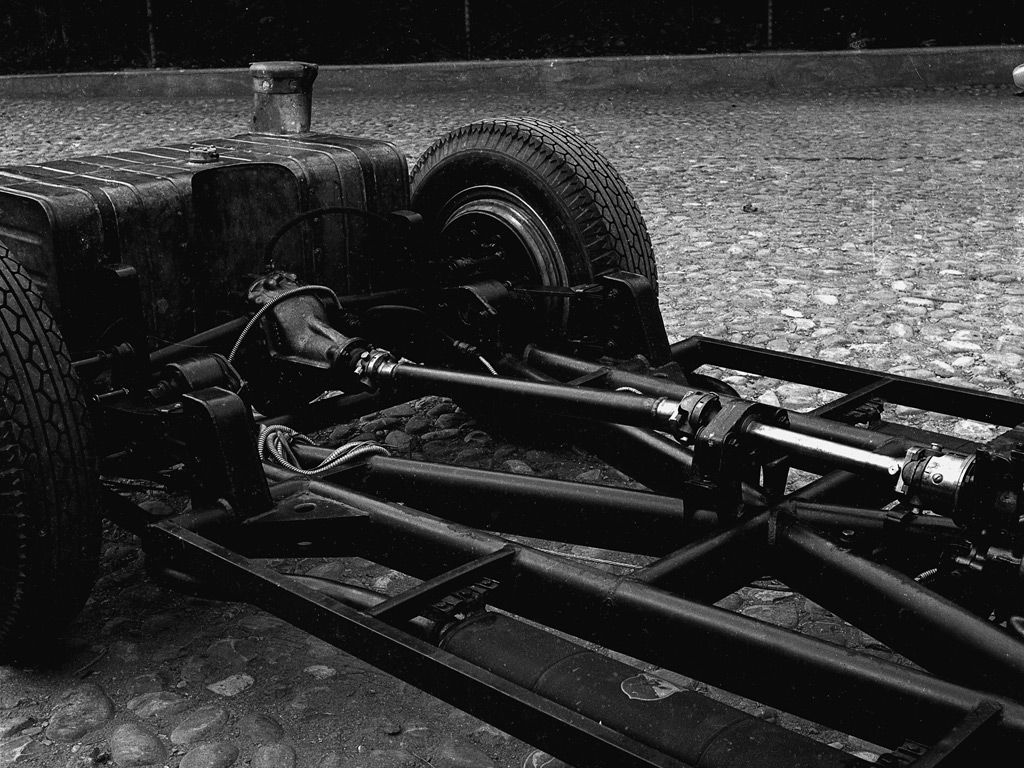
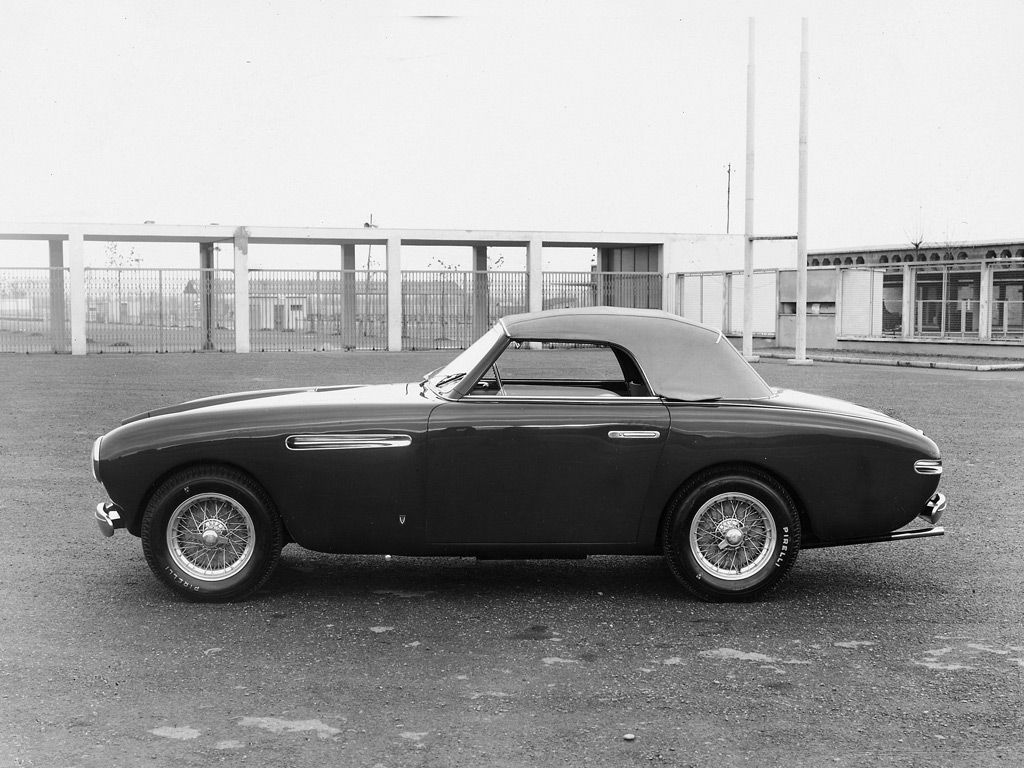
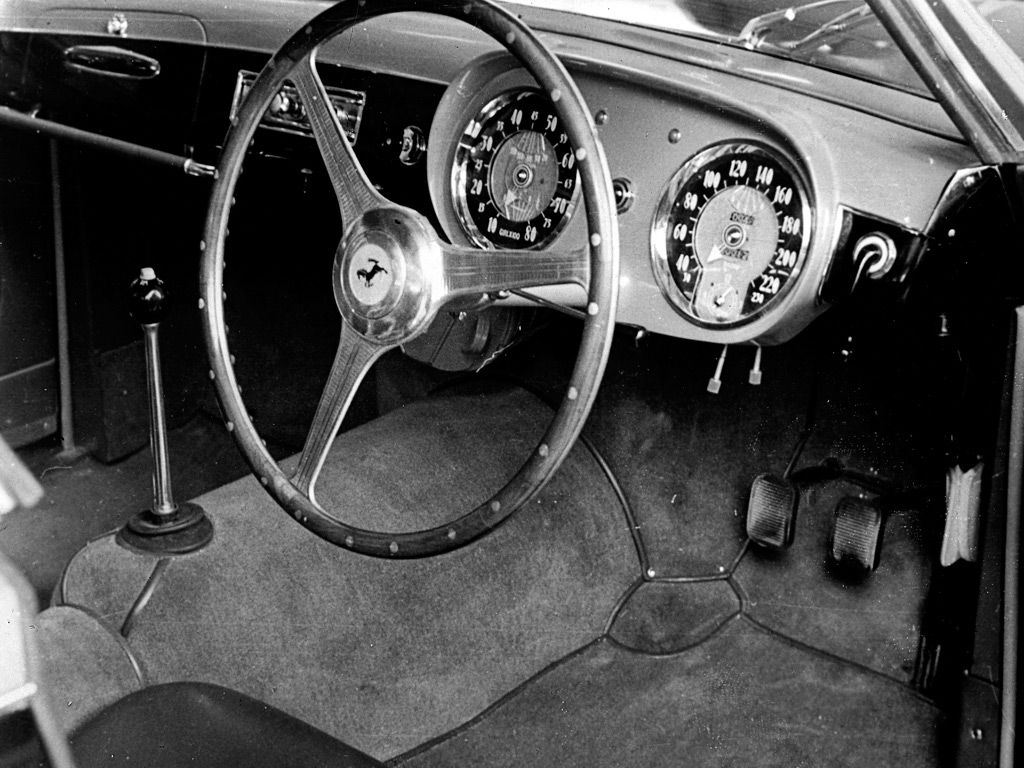
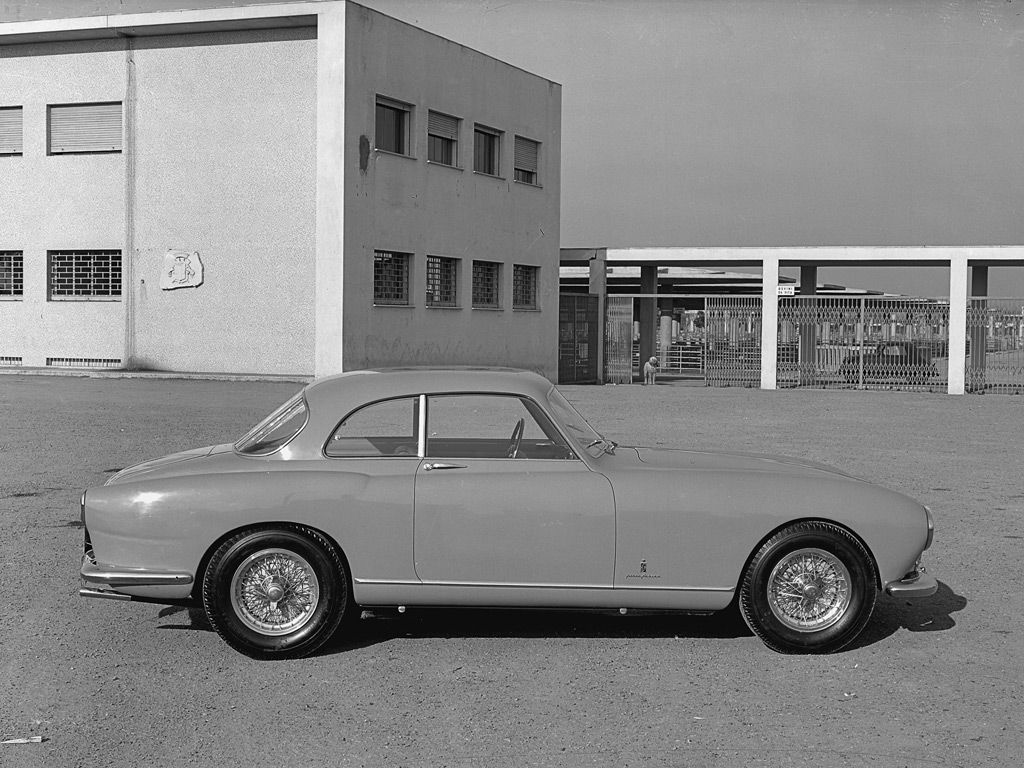
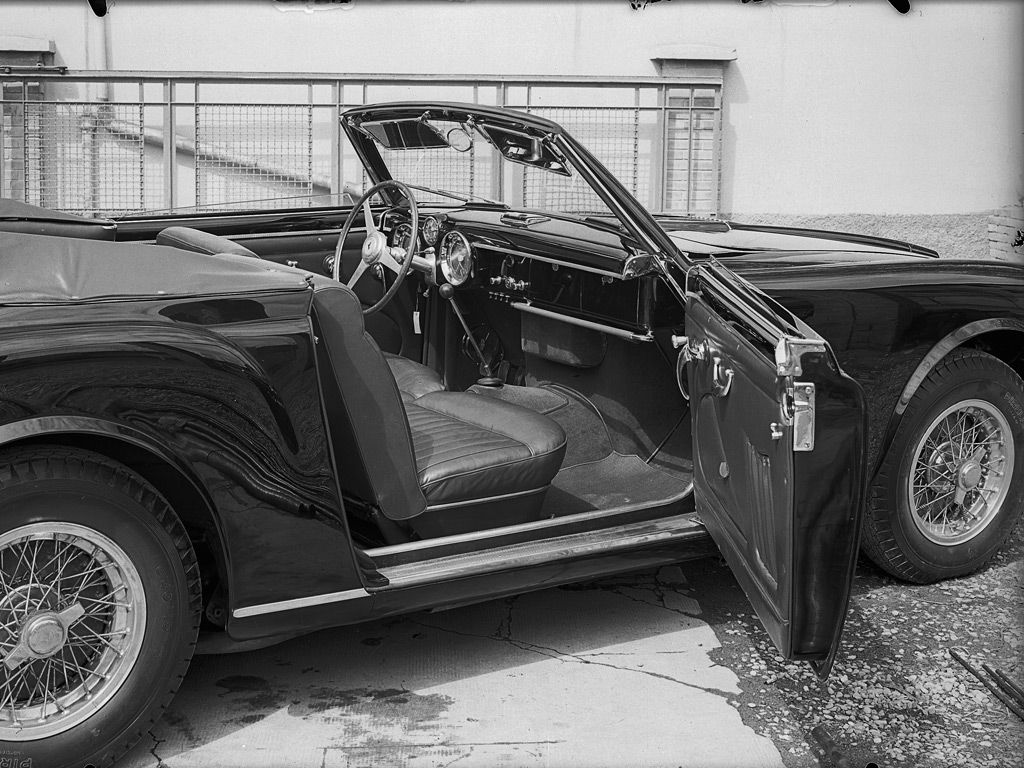
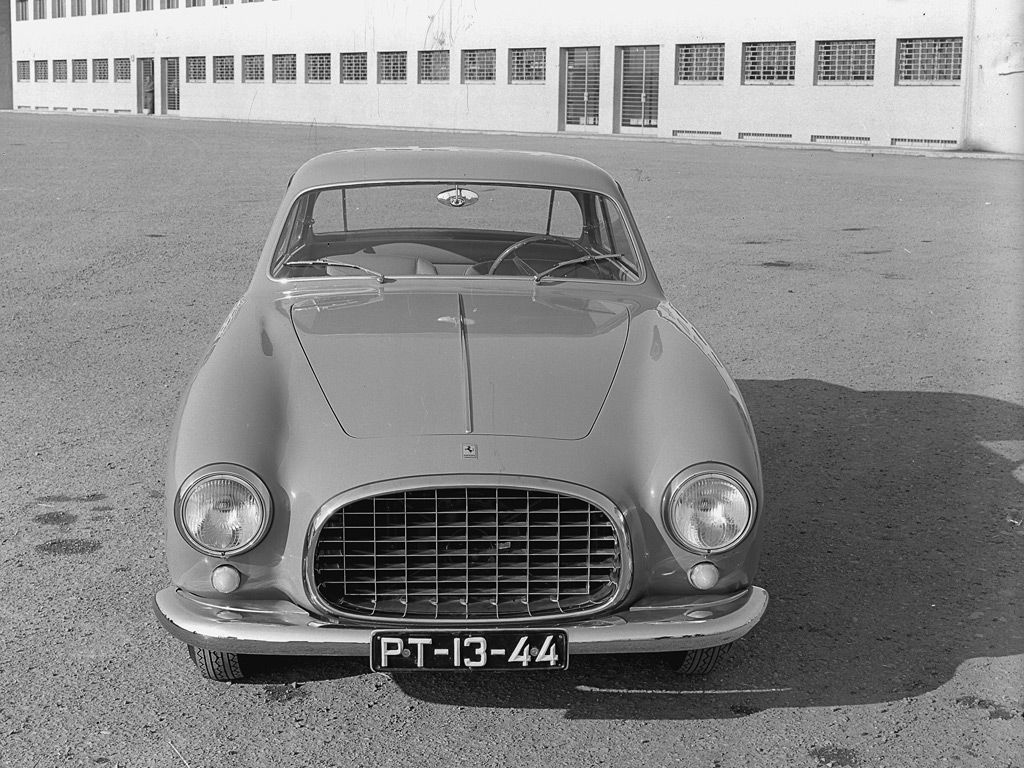
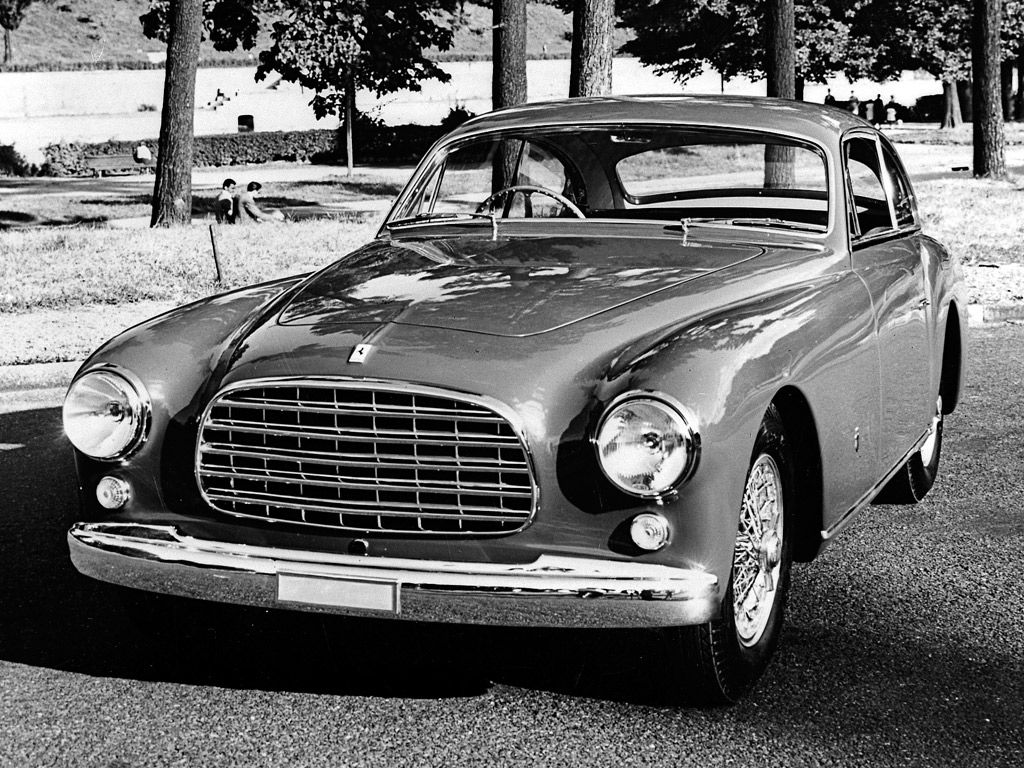
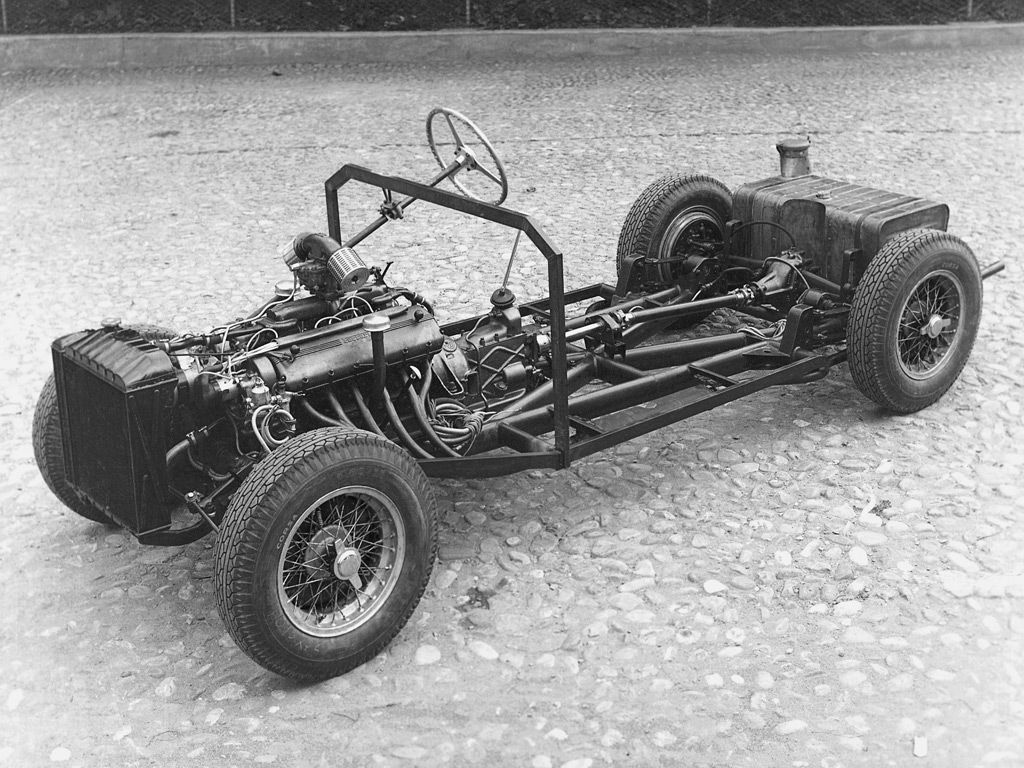
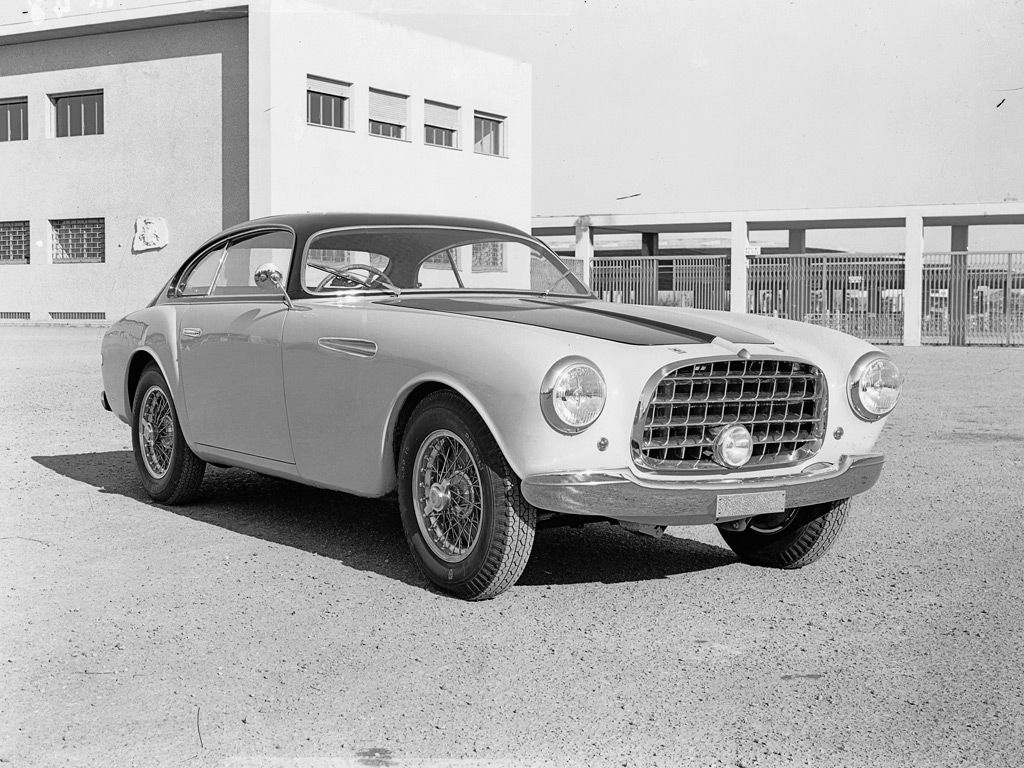
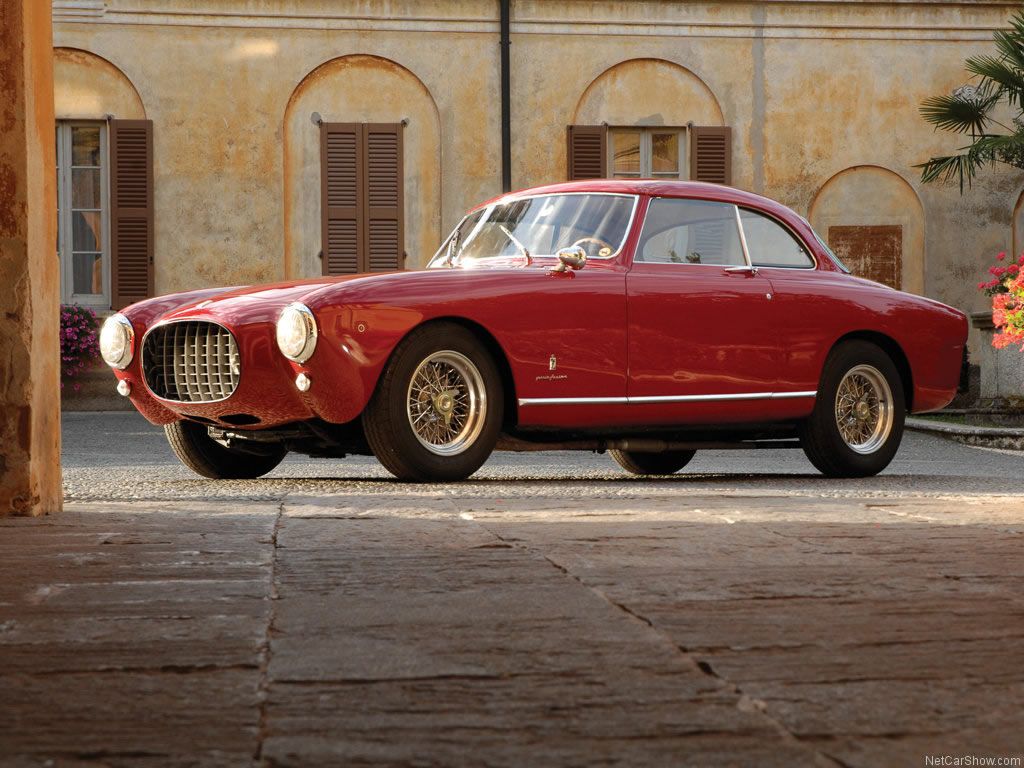
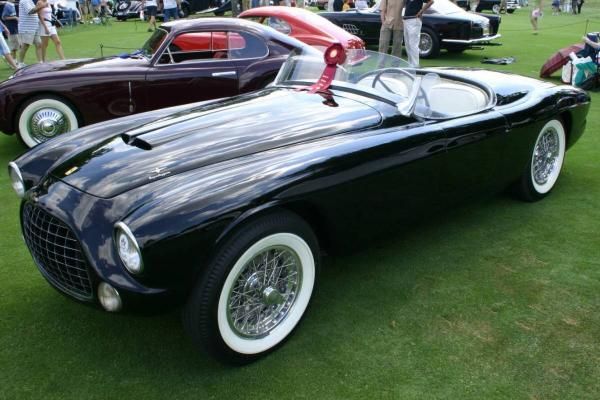
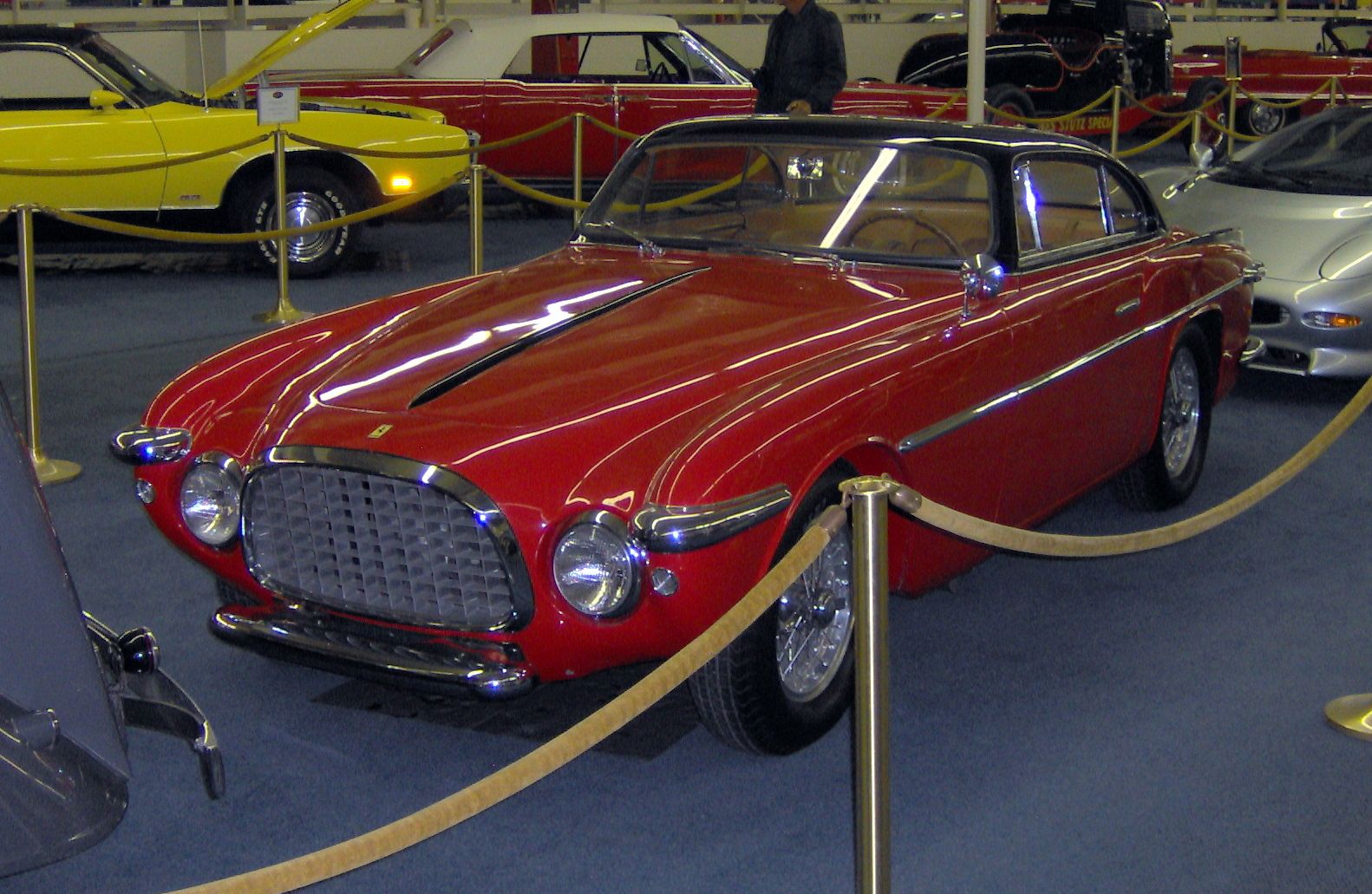
- Make: Array
- Model: 1950 - 1953 Ferrari 212 Inter
- [do not use] Vehicle Model: Array
The 212 models featured the traditional 60˚ V12 engine based on the original Colombo design, but now with a bore and stroke of 68 mm x 58.8 mm, to give a cubic capacity of 2562 cc. As with the preceding models, the competition designated cars were normally fitted with triple twin choke carburettors, although there are exceptions, and the road versions with a single twin choke unit, with the three carburettor arrangement available as an option, providing a power output ranging between 130 and 150 bhp.
The Inter version could hit a top speed of 120 mph, while the Export versions could hit a top speed of 140 mph.
The 212 were successful in many international competition: in 1953 it won the Tour of Sicily, the Coppa Inter Europa at Monza, the Tourist Trophy, the Tour de France and the Carrera PanAmericana in Mexico.

